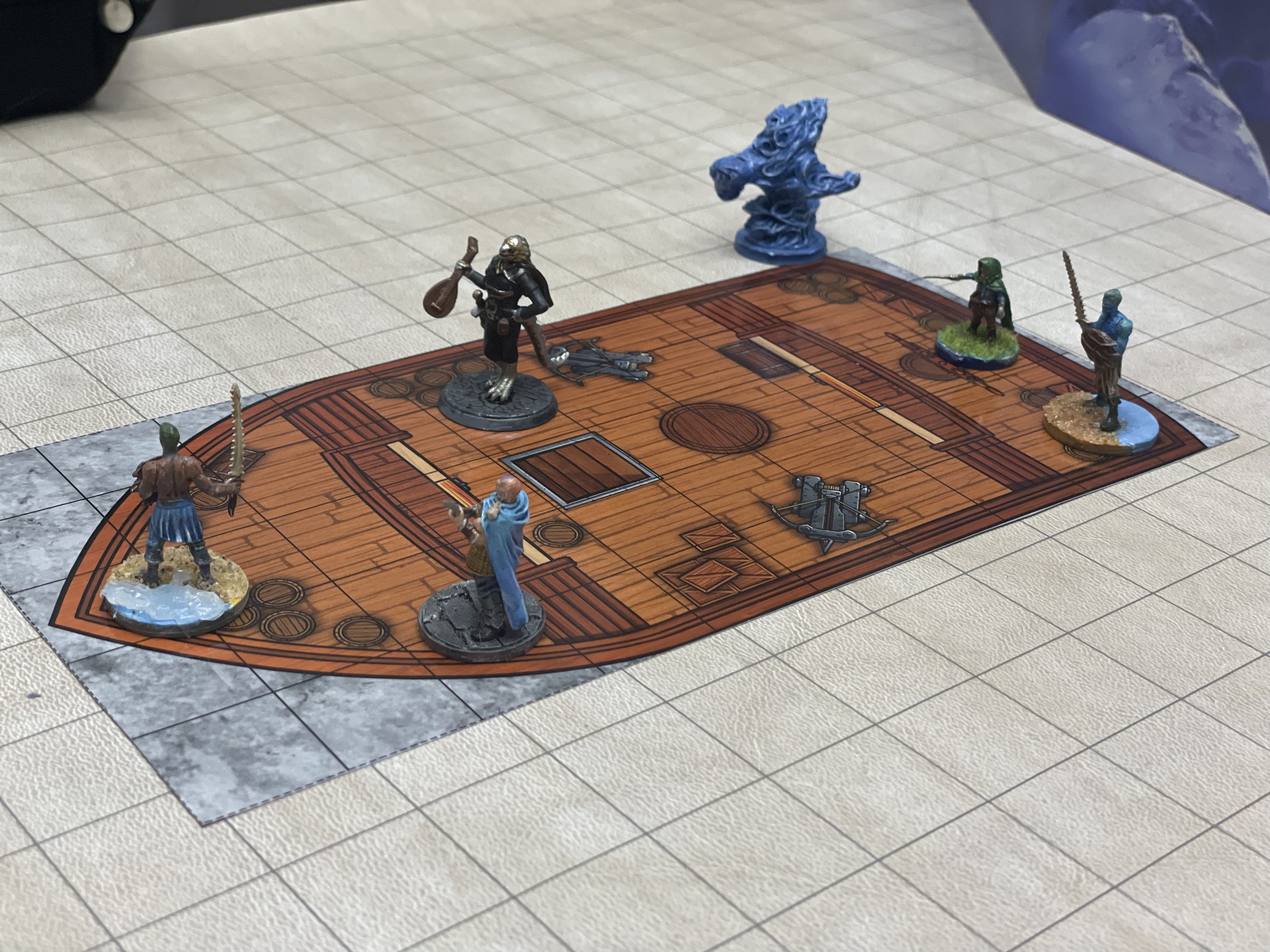How Behavior is Rewarded in Tabletop Role-Playing Games (TTRPG)
One of the most basic concepts in psychology is that of rewarding behavior. At its most base form a reward is something that is gained for the person engaging in the desired behavior. All TTRPGs reward behavior, the reward is the way the PCs gain experience and level up. YouTube Matt Colville did a good video discussing this concept. As TTRPGs already have rewards built into their mechanics it is fairly easy for an applied GM to shift the rewarded behavior to skills they are trying to have their group members learn, but I get ahead of myself.
In a TTRPG players are reward typically in two ways. The first is through their character level. As the PC levels up, they gain access to more abilities, spells, and other cool features. Players enjoy leveling up and having their PCs feel more powerful as they play. The second way players are rewarded is through in game items such as powerful magical items. Through the rewards the GM shapes how their players play and engage with the game. If the game wants players to explore create cool items or relics for the players to find as they explore.
When GMs become aware of this it can become easy for them to encourage their players to engage with the game in the way desired by the GM. Thus GMs who want their players to have creative solutions that do not involve combat can let players know that while they killed the monster, important information that would have led them to a treasure was lost entirely. The same GM can remind their players of the previous loss of treasure at their next combat encounter, then if the players engage in the desired behavior the GM can reward them with something desirable for both the players and PCs.
As the goal of applied gaming is to use the game as a tool to teach therapeutic skills the applied GM can use in game rewards to help reinforce the out of game behaviors of the players. For example a GM might give points towards leveling, often called experience points or XP, when the players practice a deep breathing activity. Or the GM might reward a player with a cool magic item for their character when they display mastery of a skill they have been trying to learn. These rewards will vary depending upon the game system played, the desires of the players, and the goals of the group.
Even games that are not focused on therapy can use these principles. For example if running a game for your family and you have members who fight a lot. Let them know that if they can find a way to work together without fighting they will get an in game reward. Getting people to focus on a common goal is a great way to help work through difficulties.
It does need to be said here though if you are not a therapist, do not try and use TTRPGs as a therapy tool for your friends and family. There are a lot of factors to consider in therapy and some risks as well. Trained professionals know how to think about the risks and how to manage behaviors should something go wrong, or a player has a difficulty with something that came up in the game. It is one thing to encourage your players to explore the world, it is another to try and teach the players how to manage anxiety in their day to day life.
If you are wanting to learn how to use in game rewards to help your players play the way you would like them to do here are a few tips.
Talk to your players. Let them know what kind of behaviors you would like from them, and that you will reward them when they play in the way you would like.
Actually reward your players for doing what you would like. If the players change their behaviors and start engaging with the game in a way that you like and you don’t reward them as you said this is a broken promise and the players are not likely going to forget this any time soon. Now we do all make mistakes and if you forget to reward the players, own up to it, then give them their reward.
Discuss with your players what rewards they would most enjoy in the game. Some players are highly motivated by leveling up, while others like to get magic items. Some might be motivated by having NPC’s owe them favors. Finding what rewards work for your players can go a long way in helping you know what to reward your players with.
Work with your players to make cool magic items and then let them know these items exist and are in the world. Though the character might be unaware of the item existing in the world the player knowing of the item might help them engage further with the story.
You might note that most of the above comments include talking with your players. Talking with players and working together is the cornerstone of TTRPGs. Talk about what makes the game enjoyable for you and what will make it enjoyable for your players. When you all are on the same page creating encounters and rewards that fit the goals of the whole group become so much easier!
If you are interested in this topic please consider preordering my book through Norton If you use the code TTRPT20 you will receive 20% off your order!


